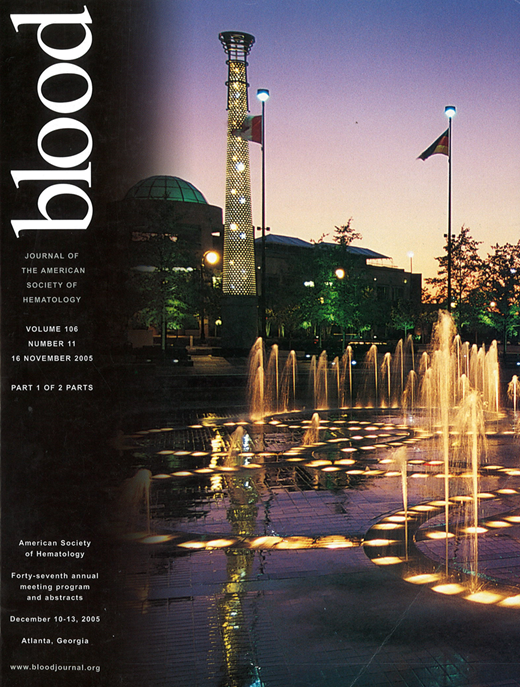Abstract
Background: The gold standard for diagnosis of cardiac involvement in systemic light chain (AL) amyloidosis is the identification of Congo red amyloid infiltrates on endomyocardial biopsy. As this procedure is invasive, inconvenient, and expensive, the combination of clinical cardiac findings and standard 2D echocardiography (echo) is typically used as a surrogate approach. We sought to evaluate this approach by reviewing clinical and echo parameters in systemic AL amyloid pts with endomyocardial biopsy-proven involvement in comparison to pts with presumed cardiac involvement (echo abnormalities) and those with no clinical or echo findings of cardiac involvement.
Methods: A retrospective chart review of AL amyloid pts referred to either the cardiology or myeloma services at our institution between 1996 and 2005 was performed. Ninety-six pts with available clinical and echo data were identified: 13 with endomyocardial biopsy-proven AL amyloid (group 1); 55 with systemic AL amyloid (histologically-proven on non-cardiac biopsy) and “presumed” cardiac disease with echo abnormalities (group 2); 28 with systemic AL amyloid without cardiac disease (no clinical cardiac findings or echo abnormalities)(group 3).
Results: There were no differences between the 3 groups in the following demographic and laboratory parameters: age, gender, lab (Hb, platelets, PT/PTT, albumin, ALP, total bilirubin, creatinine, LDH), and light chain subtype. Clinically, groups 1 and 2 (both confirmed and presumed cardiac amyloid) were similar with more frequent multiorgan involvement (>2 organs: 69% group 1;71% group 2;14% group 3; p=0.0009) and presence of liver disease (31% group 1, 51% group 2; 3.5% group 3; p=0.038) than group 3. This may reflect multiorgan impairment resulting from nonspecific cardiac dysfunction. Although frequency of GI and neurologic involvement were similar in all groups, group 1 had less renal involvement (38%) vs group 2 (69%) and group 3 (60%); p=0.059. In particular, nephrotic range proteinuria was significantly less frequent in group 1 (7.6%) vs group 2 (49%) and group 3 (53%); p=0.0035. Echocardiograms performed in both confirmed (group 1) and presumed cardiac amyloid patients (group 2) showed classic findings of infiltrative cardiomyopathy: increased posterior wall thickness, IVS, LV mass, LV mass index, LV end diastolic dimension, E/A ratio (results not present in group 3). When group 1 was compared to group 2, significant differences in ejection fraction (mean 48% vs 58%; p=0.0087) remained. Contrary to the literature, OS from diagnosis did not differ between cardiac or non-cardiac groups.
Conclusions: Differences in clinical and echocardiographic parameters exist between patients with histologically confirmed cardiac amyloid and those presumed to have cardiac involvement by echo. This suggests that the reliance upon echo in the diagnosis of cardiac involvement is faulty and despite the risks and inconvenience, endomyocardial biopsy for diagnosis remains the gold standard. At our centre, we routinely perform endomyocardial biopsies (with electron microscopy) and right heart catheterization on all referred systemic AL amyloid patients with a set panel of investigations including 2D echo, cardiac MRI, serum BNP and troponins. This approach will enable us to better evaluate these surrogate diagnostic tools against the gold standard.
Author notes
Corresponding author

